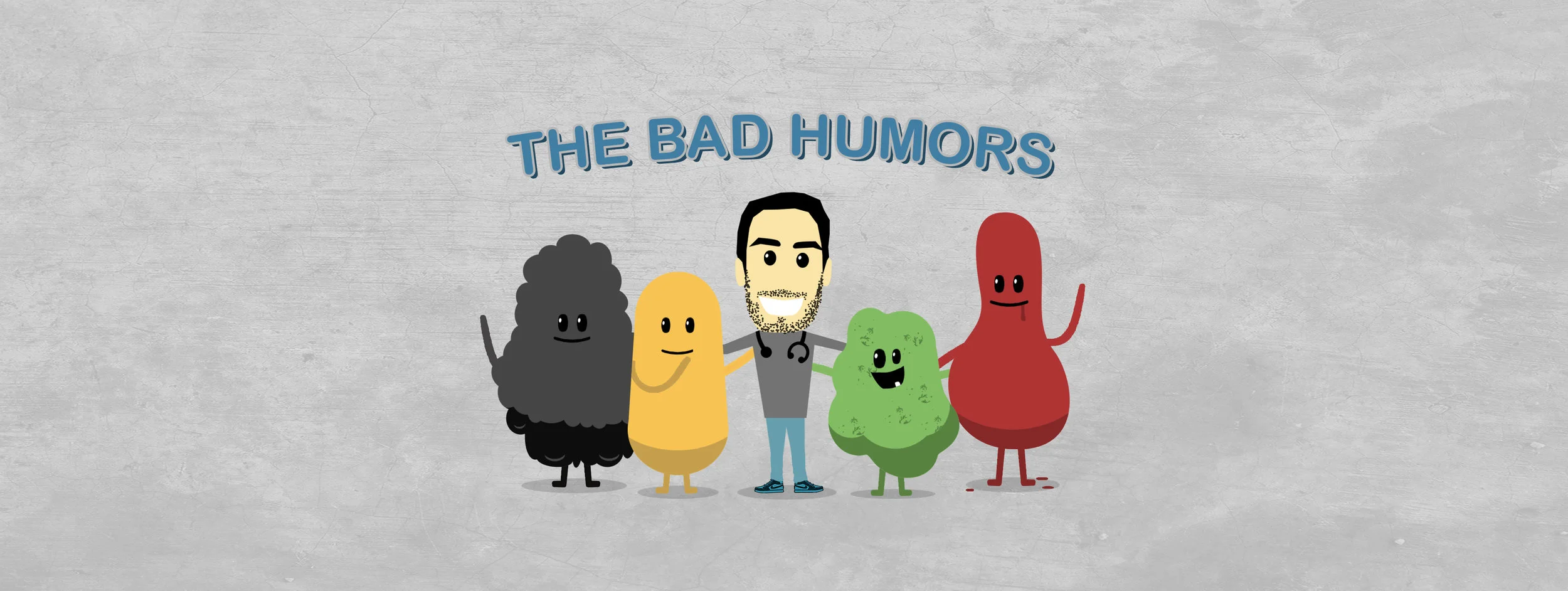Who Wants To Live Forever: Mortality Benefits in the Outpatient Setting
/It's been three months since the last post. I've been sitting here for the past 5 minutes trying to come up with some witty excuse of why it's been so long but apparently I'm running low on wit today. So no excuses, let's get wit it.
There are a couple of questions I've found you can hang your hat on in medicine: "What is the patient's clinical presentation?", "Are they stable or not stable?", and today's topic "Will this affect their mortality?" Because in the end, prolonging quality living is something that most doctors and most patients can agree upon. Also, these are great phrases to say when you have no clue what you're doing. Next time you hear me ask one of these questions it's probably safe to assume I'm mentally regrouping. In lieu of this important question we frequently ask ourselves, I've decided to rehash what exact interventions decrease mortality in the outpatient "Big 3" (Diabetes, Cardiovascular Disease (CVD), and Hypertension). The goal here is to have more of a quick lesson and a point of reference in the future and less of a narrative. So you won't be getting any long drawn out stories today (lucky you).
*Credit goes to Mark Johnson as he has given talks like this previously.
Data from Yudkin, JS, BMJ 1993; 306:1313.
DIABETES
MORTALITY BENEFIT:
- Smoking Cessation
Males: All cause mortality for smokers increased significantly from 2.3% to 19.8% per 1,000 patient years. [1]
Females: All cause mortality for smokers increased significantly from 1.1% to 14.6% per 1,000 patient years. [1]
Female relative risk of mortality in IDDM smokers = 1.4. Dose dependent response seen. (Prospective cohort for 20 years in Nurses Health Study, 2001) [2]
- Physical Activity
- Walking 2 hrs/wk reduced all-cause mortality in diabetics by 39% (HR 0.61 [95% CI 0.48-0.78]). Mortality rates lowest for those who walked 3-4hrs/wk (HR 0.46). [3, cited in this review paper]
- Physically inactive men with DM2 had 1.7x increased risk of premature death compared to physically active men. [4]
- Systematic review (12 studies) found a HR of 0.6 (CI 0.49-0.73) for total mortality between the lowest and highest fitness levels in DM1 and DM2 patients. Looking further into the study it looks as though <2 hours/wk and >9 hours/wk were the ends of the ranges. [5]
- Blood Pressure Control
- ACCORD trial (2008): Found NO difference in mortality (in addition to macrovascular outcomes) when comparing goal SBP <120 and <140 in diabetics. [6]
- ADVANCE trial (2007): Only major placebo-controlled RCT. Evaluated effects of ACE/Thiazide combo medication in moderate-high (<25% 10 yr risk) to very high (>25% 10 yr risk) CV risk diabetics regardless of history of hypertension. Mean SBP was 139 in mod-high risk and 151 in very high risk. No target BP's but end result was roughly 5 point reduction with combo medication compared to placebo. Final mean BP's were 135.74 and 140/76 when both groups combined. Other medications used at discretion of physicians. Found significantly lower rate of CV and all-cause mortality.
- However, in my opinion the study is poorly made as the results are only applicable if they are pooled. Both the placebo and treatment arms in the mod-high risk groups were under new JNC 8 goal of < 140 mmHg. Only when you combine mod-high and very high risk do you get the mean averages of 135/74 versus 140/76. It's also probably a given that very high risk patients will already have hypertension. [7]
- HOT trial (1998): Specifically looked at DBP in individuals. Only in diabetics, the RR of CV events was significantly reduced (RR 0.49) in DBP <80 compared to <90. [8]
- UKPDS (1999): Means of two groups was 144/82 vs. 154/87. After 8-9 years the lower BP group had 32% reduction in deaths related to diabetes. Ten year follow up study showed for each 10 mmHg reduction in SBP there was 12% reduction in diabetic complications including sudden death. Affect maxed at 120 mmHg.
- Of course this study didn't strictly look at the now standard SBP < 140 mmHg [9]
NO MORTALITY BENEFIT:
- Glucose controlling medications BUT Metformin decreases myocardial infarctions (MI's)
- Statins BUT they decrease MI's.
- ACE inhibitors BUT they decrease renal disease in those with proteinuria and may decrease CV events compared to calcium channel blockers.
UNCLEAR
- Aspirin
- 2003 - No difference in mortality or CV outcomes found in subgroup analysis of RCT (1,031 patients). Patients were > 50 years old. [10]
- 2008 - Japanese RCT (~2,500 patients) found significantly decreased fatal CV and cerebrovascular events in low-dose (0.08%) versus non-aspirin (0.8%) groups. (NNT 139) However, no difference in all-cause death or other CV outcomes. [11]
- Low dose aspirin not associated with any increased bleeding risks compared to non-diabetic patients. [12]
Summing up the above data. You would be an evidenced based doctor making clinically significant recommendations by telling your patient to walk at least 2 hours a week and ideally up to 9 hours+, quit smoking, and to keep BP somewhere in the <140/90 range. The BP data presented above is somewhat of a moot point when considering that the JNC 8 recommendations simply make the goal <140/90 across the board. No more of the nuanced guidelines for diabetics.
Aspirin is of course less clear when considering raw data versus major guidelines. Preceptors will frequently remind me "are they on a baby aspirin?" and of course I always feel bad for not remembering. But I am less convinced now that it would make a difference. As of 2013, the ADA recommends (p. 59) aspirin in patients with 10-year risk of events >10%. This recommendation pretty much includes all males/females > 50/60 years old with diabetes. Comparing that to USPSTF's recommendation of low-dose aspirin for all males/females > 45/55 years tells me that anywhere in the 45-50 and 55-60 age range is probably fine. I'll probably continue the low-dose aspirin for now while of course weighing risks and benefits but now I'll allow myself some leeway when I forget.
Now that was simply regarding mortality. Of course, there are other clinically significant outcomes that we care about that don't address mortality such as non-fatal macrovascular events and microvascular disease that can affect quality of life (blindness, dialysis). But if it is a matter of life or death for our diabetic patients then there are only 3 tools we can use as physicians.
Part 2: Hypertension to be continued






